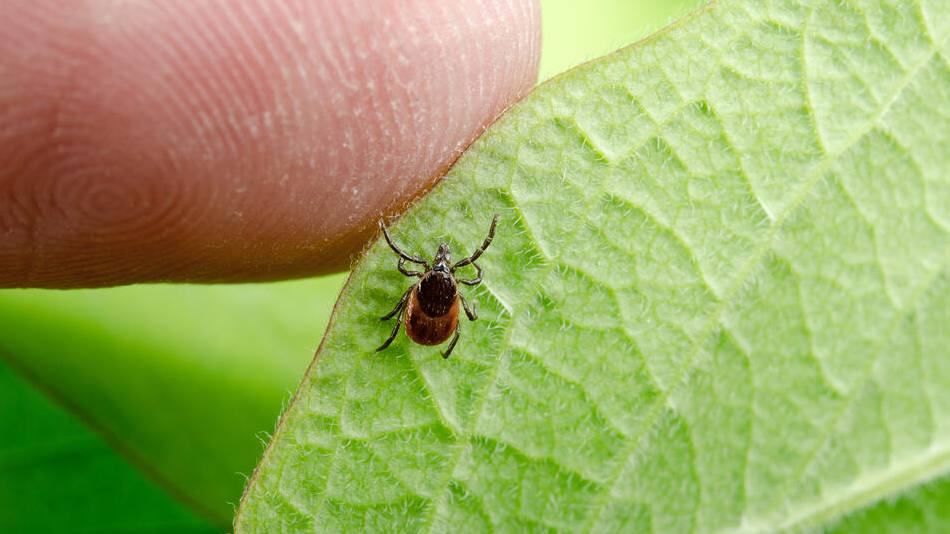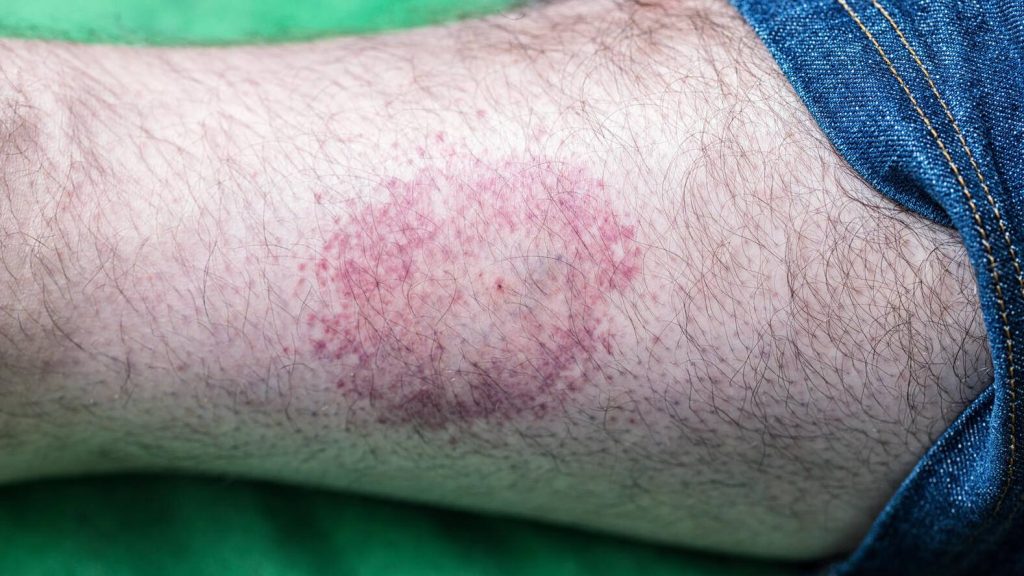-
Health & Wellness
Why confirmed cases of Lyme disease have increased

Recent tracking rule changes led to a significant increase in reported Lyme disease cases in the U.S.
The Council of State and Territorial Epidemiologists and the Centers for Disease Control and Prevention updated definitions to better understand the tick-borne disease. In 2022, reported cases rose by 68.5% after the new definition went into effect.
"The new Lyme disease case definition allows us to get a more accurate count of Lyme disease cases in high-incidence areas, which will improve our understanding of Lyme disease and its impact on people living in the United States," says Dr. Bobbi Pritt, director of the Clinical Parasitology Laboratory at Mayo Clinic.
Watch: Dr. Bobbi Pritt talks about Lyme disease
Journalists: Broadcast-quality soundbites can be found in the downloads at the end of the post. Please courtesy: "Mayo Clinic News Network." Name super/CG: Bobbi Pritt, M.D./Microbiology/Mayo Clinic.
Lyme disease is a bacterial infection caused by the bite of an infected black-legged tick, commonly known as a deer tick.
It is most common in the Upper Midwest and the Northeast and mid-Atlantic states. And it's also common in Europe, Asia, and in south-central and southeastern Canada.
Symptoms
Patients may present with a rash at the site of the tick bite — classically with a bull's-eye rash. But that's not always the case.

"Also, some people may have a rash and not know if it's on the back of their head or another hard-to-see and hard-to-reach area. If the infection is not treated right away, the patient may then progress to having other symptoms, like disseminated rashes, joint pain, arthritis and even neurologic involvement. And they can even have one-sided facial paralysis, called Bell's palsy," says Dr. Pritt.
Lab tests help confirm or rule out diagnoses of Lyme disease. Dr. Pritt says that Mayo Clinic Laboratories perform more than 300,000 tests for tick-borne diseases each year.
When to seek medical care
Dr. Pritt says that finding a tick on you and removing it promptly is not a reason to seek medical attention, especially for those living where ticks are a daily occurrence.
However, "If a patient lives in an area where there's a lot of Lyme disease, finding a tick that's been attached to them for more than 24 hours, ideally more than 36 hours, that in and of itself is enough to prompt them to go to their physician to see if they should get some antibiotics to prevent Lyme disease," she says.
"If someone were to present with any illness during the spring, summer or fall months when they have been exposed to ticks — where they may have a rash, a headache, a fever — those could all be signs of tick-borne diseases, Lyme disease and other diseases. And that should prompt them to go to their physician," says Dr. Pritt.
Prevention
The best way to avoid infection is to avoid getting a tick bite. Dr. Pritt says it's important for people to protect themselves from tick bites. Avoiding tick bites will protect them not just from Lyme disease, but also many other tick-borne infections.
Tick bite prevention tips:
- When possible, avoid areas where ticks are frequently found.
- Use a repellent with 30% or more of DEET.
- Wear clothing that covers your arms and legs.
- Tuck pants into socks while hiking.
"I also like oil of lemon eucalyptus, shown by the Environmental Protection Agency to be almost as effective as DEET, and smells a little better. Also, wearing permethrin sprayed on clothing is helpful. That also will repel and even kill ticks. Then, just cover up with clothing so that the ticks can't get to your skin. If you tuck your pants into your socks, you're taking away an avenue for ticks to get to your legs to bite you," she says.
Check out Dr. Pritt's interactive ABCs of tick prevention.
Related posts:
- Mayo Clinic Minute: What to do if you are exposed to Lyme disease
- Mayo Clinic Q and A: Tick-borne illnesses







